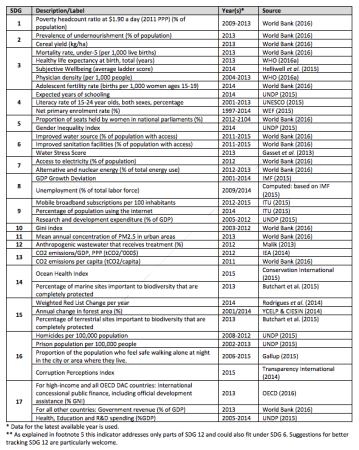A quick follow up to my very telegraphic postscript to a post a few days back. I was listening to an AgTalks session on “forgotten food crops” from IFAD, and I was quite surprised to hear from Mary M. Delano Frier, one of the excellent speakers, that when she started her work on amaranth in Mexico, she had to get material from the USDA genebank.
So I contacted David Brenner, who curates the amaranth collection at the Plant Introduction Station at Iowa State University in Ames, Iowa. This is what he said:
We send substantial amaranth germplasm to Mexico and we have large holdings of Mexican amaranths that we distribute worldwide. There is at least one other organization (Puente) in Mexico with a parallel mission to Mary Delano Frier’s. They are both solving issues of food sovereignty and poverty by restoring amaranth to poor villages. We have sent germplasm to both. There are also organizations in East Africa with a similar mission, although grain amaranths are newer in Africa. Mary Delano Frier attends some of the Amaranth Institute meetings where I have met her. Her brother John Delano Frier has published research on amaranth done in Mexico with our germplasm. Amaranth enthusiasts from these and other perspectives get to together at the Amaranth Institute meetings which are built on contacts I get from distributing germplasm. The Amaranth Institute folks are very encouraging to me as a curator. I think these days amaranth projects in Mexico can start up with germplasm from older project and from the INIFAP genebank under Dr. Espitia, which is investing in amaranth. There are also skilled agronomists to advise growers in Mexico.
A great example of international collaboration. No walls or other impediments to exchange of germplasm between the US and Mexico.
